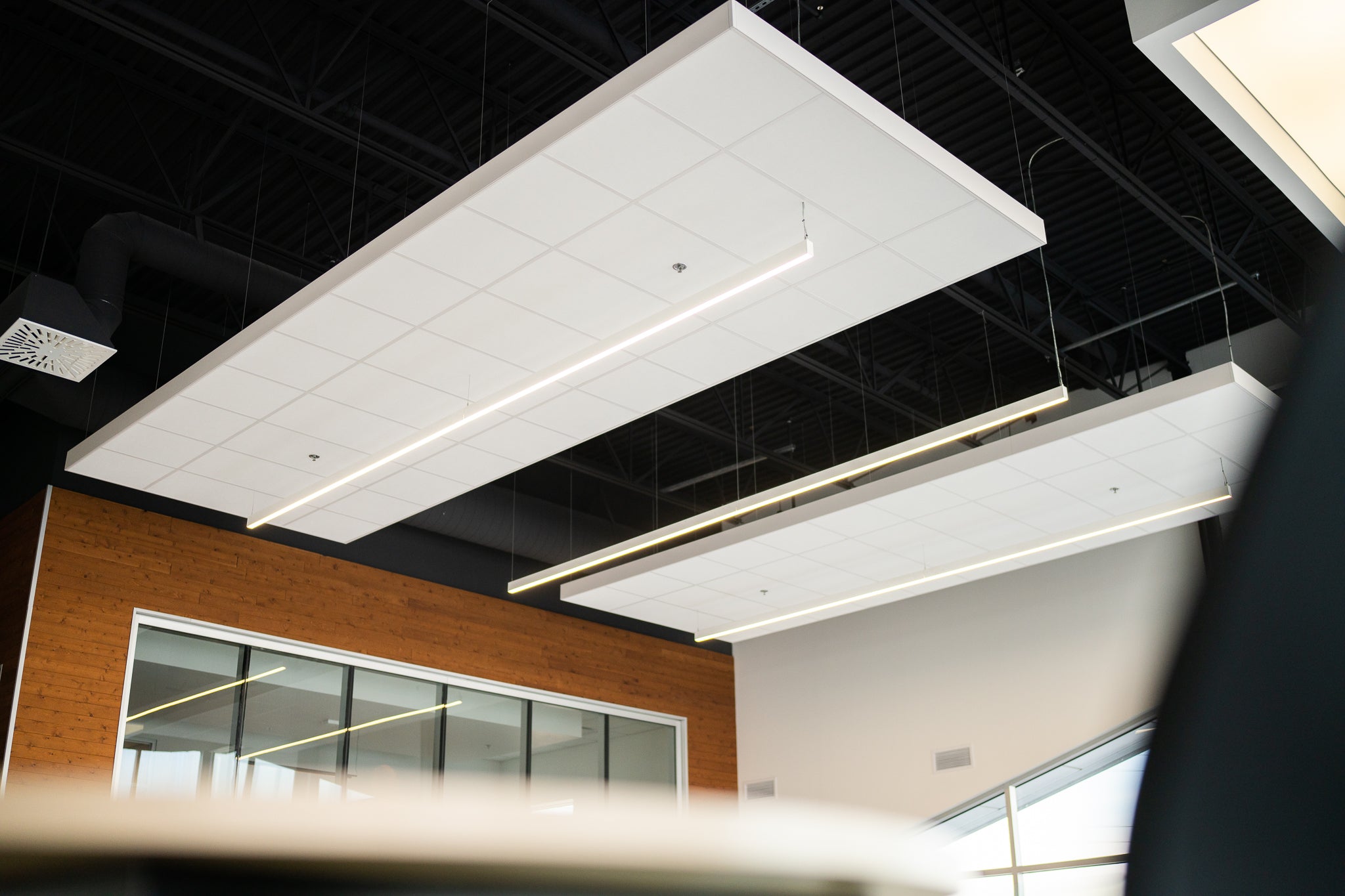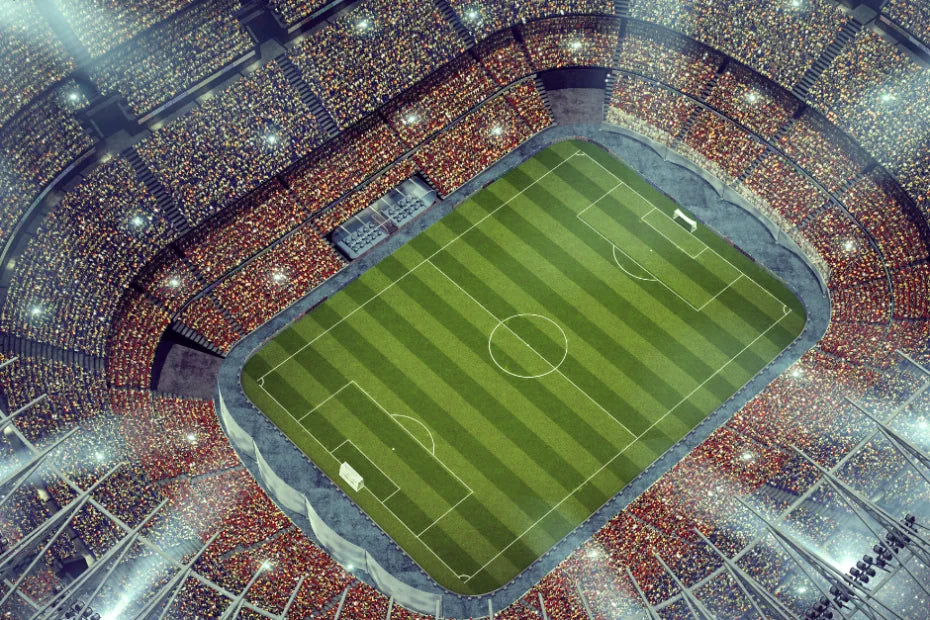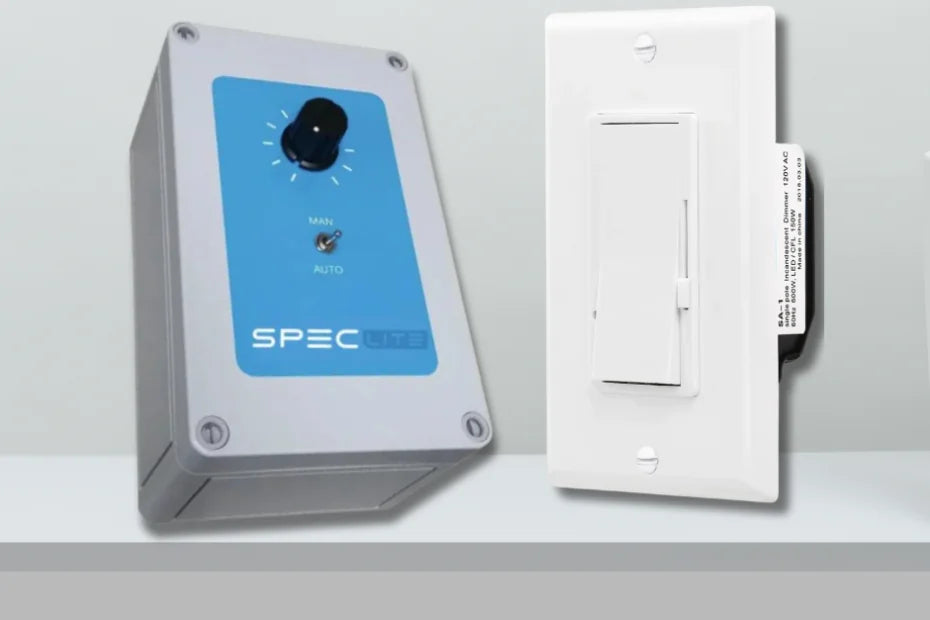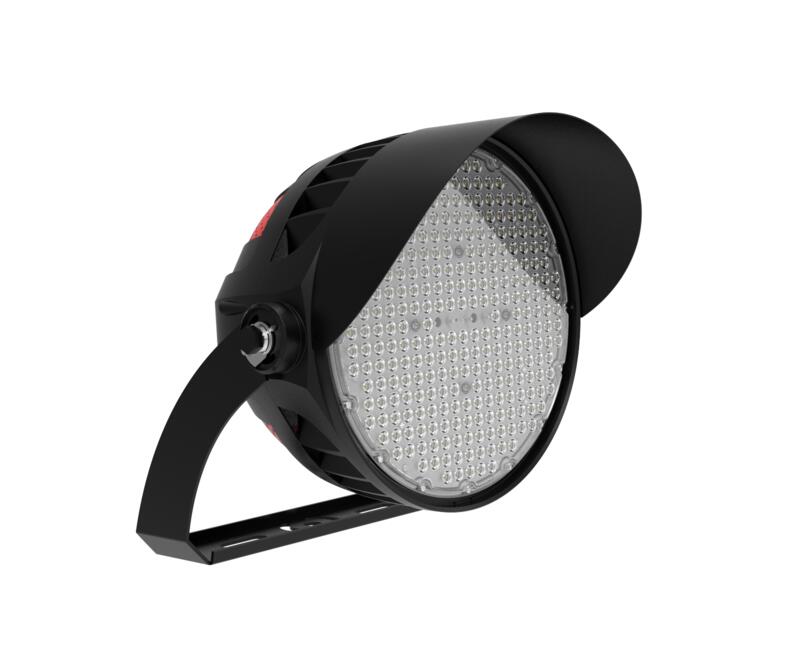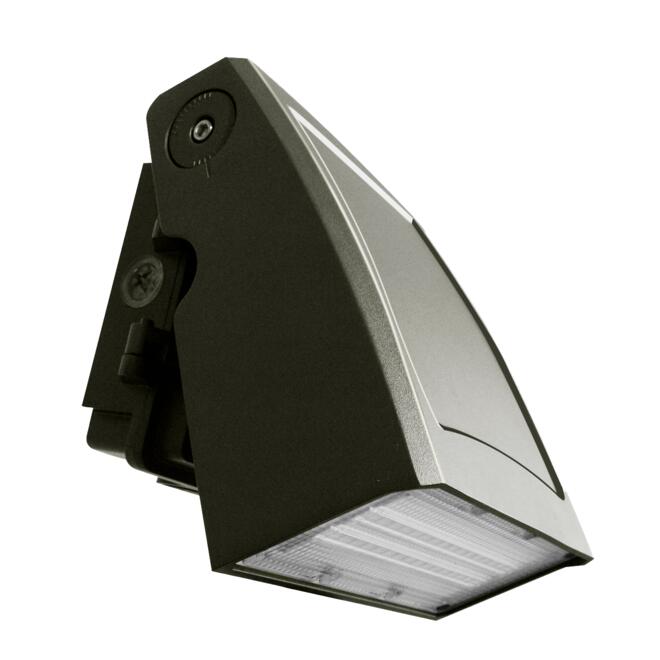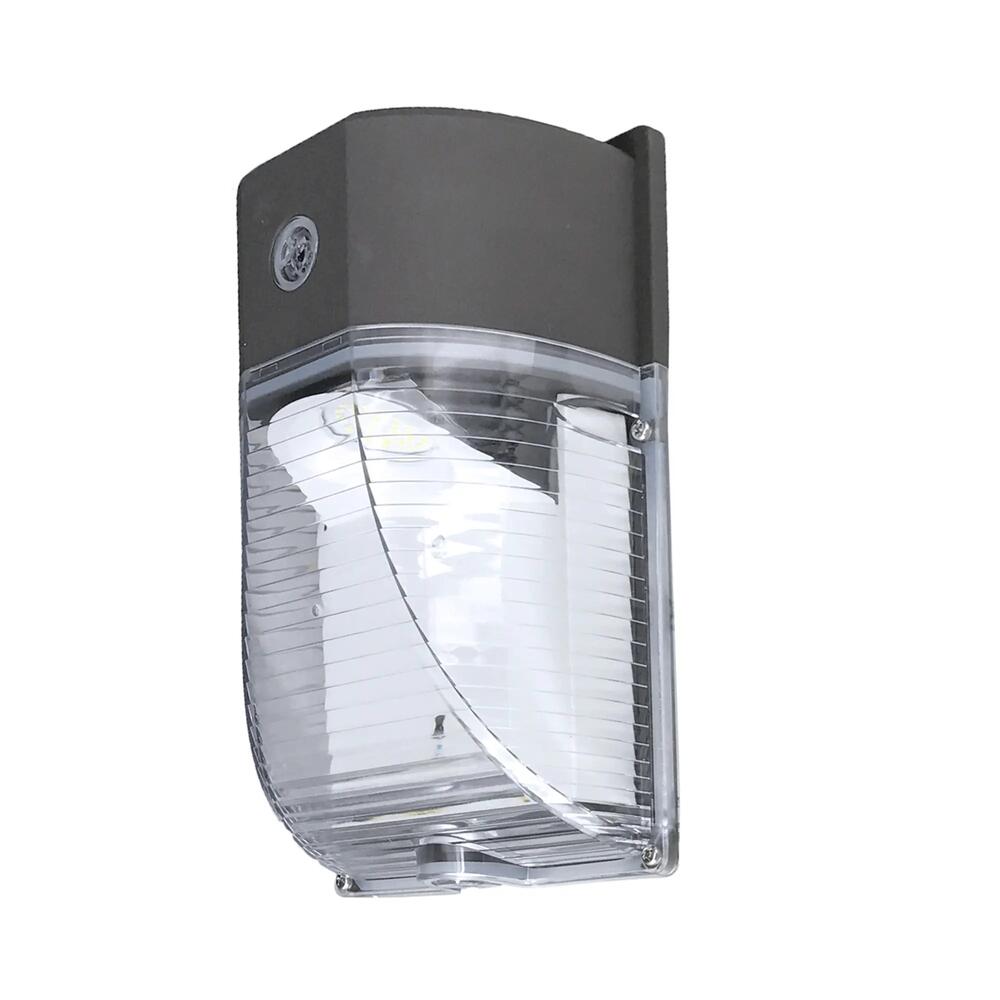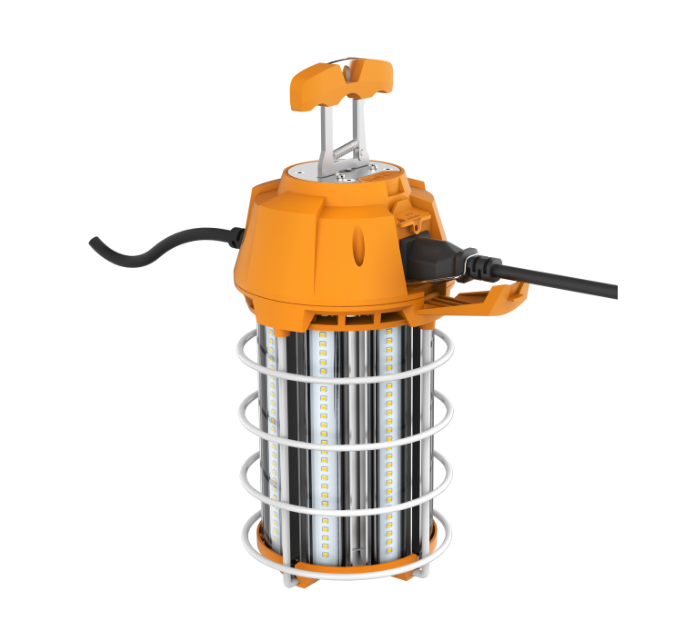Blog
Choosing the right sports lighting: IESNA standards and LED solutions
Selecting the right sports lighting is crucial to ensuring an optimal experience for both players and spectators. Many factors come into play, which can make the approach quite complex. Required lighting levels vary greatly depending on the sport and the level of competition. Additionally, visual comfort for both players and spectators must be considered. The two most important principles of sports lighting are: Required lighting level and uniformity. Several other criteria will also be analyzed in our approach, but it is essential to keep the two main objectives in mind. How is it possible to establish the required lighting level and uniformity? This article will provide you with the answer to this question. IESNA Sports Lighting Standards The logic behind lighting standards Thanks to IESNA standards, we are able to develop sports lighting proposals that guarantee satisfactory results. For this reason, we base our approach on compliance with these standards in all our projects. These standards are based on clear and logical criteria. The main criteria are: The movement speed of objects and players: the faster the speed, the higher the lighting levels will need to be. The size of the object and its color: a hockey puck, for example, will require more lighting so that spectators can easily spot it, compared to a white soccer ball. The size of the fields, but also the area of the field where the game is most often concentrated: in the case of Baseball, the lighting levels will have to be higher in the infield than in the outfield. Typical colors of sports facilities: this has a major impact on lighting, such as the white ice of an arena which will offer much better reflection than a football field. Competition level: Sports fields dedicated to friendly sporting use generally require less lighting than a high-level sports field (National League for example). Especially when the sport is filmed, it is important to ensure that the lighting fixtures are flicker-free so as not to cause flashes when the cameras film in slow motion. Based on these criteria, the lighting level for each sport will be established. Our job then is to propose the appropriate lighting wattages to achieve these levels. It's important to note that many national leagues have their own lighting standards that may be even more specific than the IESNA standards. The importance of uniformity Indeed, a uniformly lit sports field makes it much easier for spectators and players to see. Conversely, uneven lighting would be very unpleasant because it would be difficult to follow the game, and could even be tiring for spectators. Uniformity is extremely important because even if the required lighting levels are met, an area of the field that is too dark could make the game impossible for spectators to follow and even dangerous for players. Uniform lighting is measured in several ways, including "max min," which is the ratio between the maximum and minimum lighting levels. A ratio between 4 and 2 is generally sought for sports fields and is considered uniform. A ratio of 2 means that the lowest lighting level would be, for example, 200 lux, while the highest level would be 400 lux. This uniformity ratio is practically perfect, and no difference in lighting would be noticeable. Another commonly used ratio is the coefficient of variation (CV). This coefficient is the ratio of the standard deviation of all values to the mean of the values. In most cases, a ratio between 0.3 and 0.13 is sought. Other criteria to consider Our approach also takes into account glare, which is an important factor in ensuring the visual comfort of spectators and players. We also analyze lighting spillover outside of outdoor fields, which should be avoided as much as possible, especially in residential areas. Fortunately, our lighting specialists are able to manage all of these criteria to simplify your project. Which LED light fixture should I choose? With millions of LED luminaire configurations available, it can be difficult to select the right luminaire for your project. Our lighting specialists are best placed to make this choice for you. Our approach, mentioned above, ultimately helps us arrive at the ideal luminaire for your project. Since light levels and uniformity are extremely important for sports lighting, it is essential to conduct a complete photometric analysis of the project to find the right luminaire configuration. Here are some configurations offered in our lighting fixtures which will be selected thanks to our analysis: Power: We often use luminaires with a power between 100W and 1000W for most sports lighting projects. The power will be selected based on the required lighting levels, the number of luminaires, and the installation height of the luminaires. Color Temperature (CCT): A color temperature of 5000K is used in most projects. In some exceptional cases, a warmer temperature such as 3000K could be used for outdoor lighting located near observatories or wildlife. Beam angle: We use different lighting angles to focus or disperse the light across the surface to be illuminated. The ideal angle will depend on the height and quantity of the luminaires. This has a major impact on uniformity, so it's very important to consider it carefully. Other minimum criteria for LED luminaires If you're looking to narrow down your options by filtering LED fixtures, the following criteria are absolute minimums to look for. Any LED fixture that doesn't meet these criteria should definitely not be considered for your project. Waterproof IP65 and above. High-quality, anti-corrosion materials. Efficacy of 135 lumens per watt and more. Certified DLC Premium in order to maximize your grant. 0-10V dimming available. 5 year or more warranty. All luminaires distributed by Speclite meet these requirements and are very competitive. Discover our Speclite sports lights and our other sports lighting products here for efficient solutions adapted to your projects. How profitable is a replacement project? We handle both new construction and renovation projects for sports centers. The advantage of renovation projects is the return on investment generated by replacing a light fixture. We are often able to reduce consumption by half or more in most renovation projects. Since older sports center lighting fixtures are often very high-power, between 500W and 1000W in most cases, we are able to achieve a significant reduction in kWh. The return on investment of a project varies greatly depending on the hours of daily use. The greater the use, the faster the return. In general, thanks to the competitiveness of our luminaires and the subsidies currently offered by Hydro-Québec, we are often able to achieve returns on investment between 1 and 4 years, which is an excellent investment. In addition to making this investment very profitable, we are often able to increase lighting levels and improve uniformity, which makes for a much better gaming experience. To complete your project, it is important to take into account installation standards. This article on lighting and power supply requirements for outdoor sports grounds offers useful recommendations, particularly on mast heights to ensure optimal lighting and avoid glare. Do you have any questions about sports lighting, our lighting products or services? Contact us
Read more

